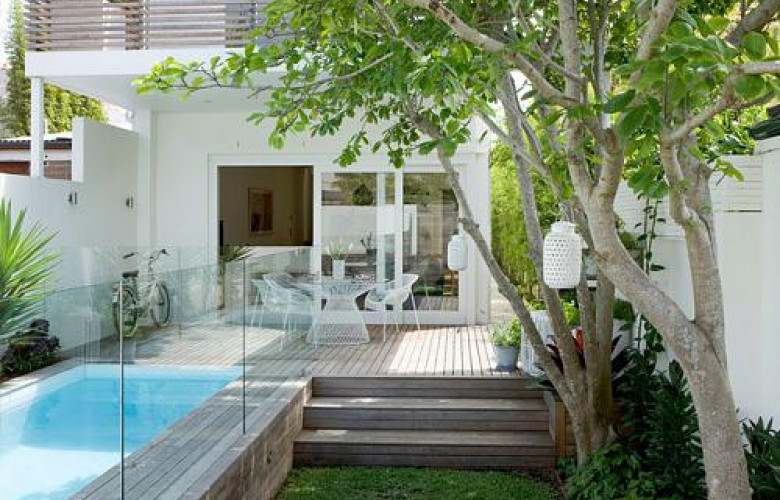REIV backs changes to Victoria's zoning rules
Contact
REIV backs changes to Victoria's zoning rules
With Melbourne's population expected to grow by 100,000 new residents every year, the changes allow for greater density in the city's middle-ring suburbs, says Joseph Walton of the REIV.
Real Estate Institute of Victoria president, Joseph Walton says the REIV supports the Victorian government's changes to Melbourne's residential zoning rules.
With Melbourne’s population expected to grow by more than 100,000 residents every year, the REIV says the allowance for greater density, particularly in middle-ring suburbs, is welcome.
“The REIV supports the Government’s new initiatives, in particular increases to mandatory maximum height limits in general residential zones,” Walton told SCHWARTZWILLIAMS.
“These changes will add significantly to the overall housing supply in popular metropolitan locations, with these areas benefiting from established amenities and infrastructure,” he said.
“Increased housing supply is essential in ensuring Melbourne is able to accommodate our growing population," he said.
Minister for Planning, Richard Wynne, announced the changes last week, follow a review of Melbourne's suburban residential zones. The changes are directed at 'protecting suburban character', while at the same time allowing suburbs to develop and grow.
Some of the main changes are:
- There will no longer be a cap on how many dwellings can be built on a block.
- Developments must have a mandatory percentage of garden space.
- Blocks between 400-500 square metres require a 25 per cent minimum garden area.
- Blocks between 501-600 metres need 30 per cent.
- Blocks larger than 650 square metres must have a 35 per cent garden area.
- Increase the mandatory maximum height limit from 9m to 11m in middle-ring suburbs.
“These are once-in-a-generation changes to suburban residential zones and are all about protecting the much-loved Aussie backyard,” said minister for planning, Richard Wynne.
We’re ensuring "Victoria has plans to cater for population growth, deal with climate change, and deliver a record pipeline of infrastructure,” said Wynne.
The Housing Industry Association, the voice of Australia’s residential building industry, also supports the changes, saying they will "improve housing outcomes in our suburbs".
The HIA has argued that zone provisions introduced in 2014 limited the design of new homes and restricted the location of small medium-density developments.
HIA’s acting executive director Keith Banks said, “The changes will hopefully provide greater opportunity for the design of dwellings to more appropriately respond to their situation and increases potential for innovative designs.”
The HIA has constantly argued for less prescription from councils in dictating the design of homes, said Banks, saying the existing rules limit opportunities for new homes and small-to-medium redevelopment opportunities.
“With a growing population in Melbourne, we need to be able to house some of the growth in our existing suburbs," he said.
"This is definitely a step in the right direction,” he said.
See also:
Auction clearances show property market at full throttle






